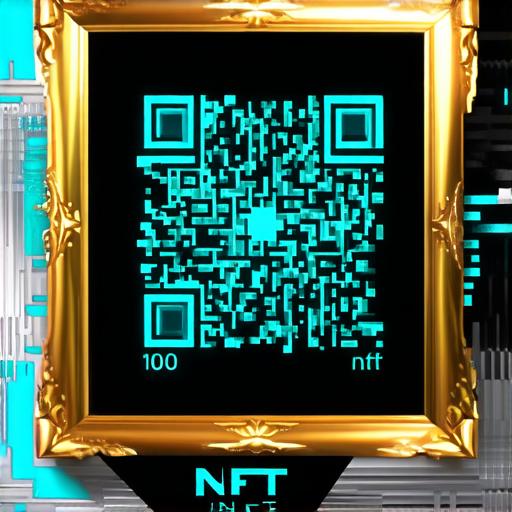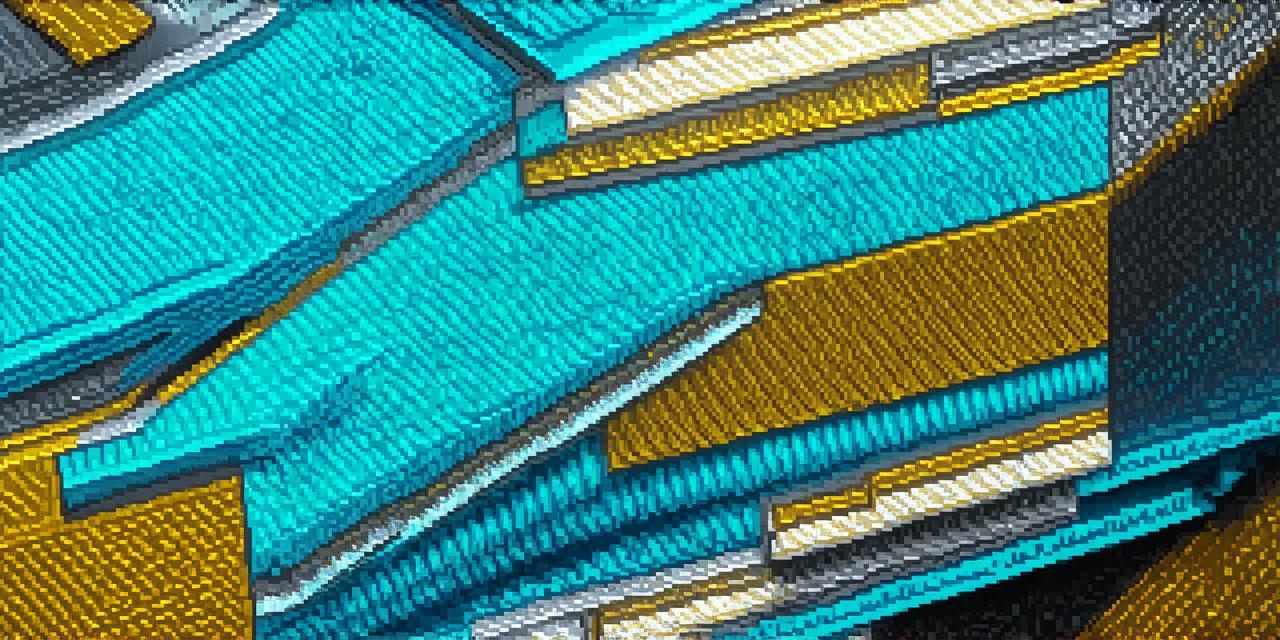Non-Fungible Tokens (NFTs) have been gaining popularity in recent years as a new way to own and trade digital assets, from art to collectibles and even virtual real estate. In this article, we will explore what NFTs are, how they work, and the current state of the NFT market.
What are NFTs?
An NFT is a unique digital asset that represents ownership of a specific item or piece of content, such as an artwork, collectible, or virtual item. Unlike traditional cryptocurrencies, which are interchangeable and fungible, NFTs are one-of-a-kind and cannot be replaced by another identical item. This makes them valuable and desirable for collectors and artists alike.

How do NFTs work?
NFTs are created on a blockchain, which is a decentralized digital ledger that records all transactions related to the asset. When an NFT is created, it is assigned a unique identifier or token, which represents ownership of the asset. The NFT can then be bought, sold, and traded like any other cryptocurrency.
The current state of the NFT market
The NFT market has seen rapid growth in recent years, with billions of dollars worth of assets being traded each month. Artists, musicians, and other creators have used NFTs to monetize their work and connect directly with their fans. Collectors have also shown a keen interest in NFTs, particularly in the rare and unique digital items that can only be owned through an NFT.
Despite this growth, there are still some challenges facing the NFT market. For example, there is currently no standardized system for valuing or pricing NFTs, which can make it difficult for collectors to determine whether they are getting a fair deal. Additionally, there are concerns around the environmental impact of blockchain technology, which is used to create and trade NFTs.
Overall, while there are some challenges facing the NFT market, its popularity and potential for growth are undeniable. As more artists, collectors, and creators enter the space, we can expect to see continued innovation and development in this exciting new form of digital asset ownership.
